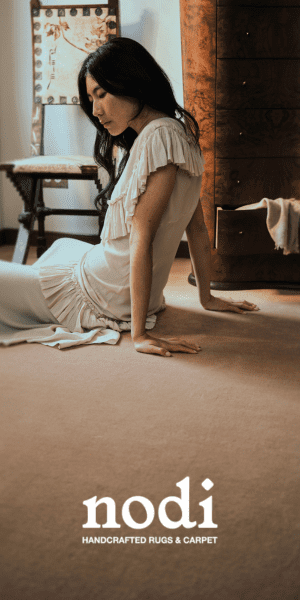With housing affordability worsening in parts of New Zealand, a New Zealand artist in Berlin and a group of her peers have found a solution that could easily be applied elsewhere
At a glance
- New Zealand artist Ruth Buchanan and her architect partner Andreas Muller joined a group of like-minded folk to develop their own apartment
- They now live on the ground floor of a six-storey, 19-apartment building
- The home is a spacious 106-square-metres plus an art studio
- This was possible thanks to Berlin’s Baugruppe system (or joint building venture)
- City councils see Baugruppe as a positive urban development strategy as the ownership model means inhabitants are invested in the community
- Affordability was central to this project with standard materials and simple construction methods used
- Each of the owners has an individual mortgage on their apartments but they were able to negotiate a better deal with the bank as a group
- Apartment owners were afforded direct involvement in the planning of the building
- There are shared spaces such as a common room for parties, after-school activities and group dinners
Q&A with Baugruppe apartment co-owner Andreas Müller
What is a Baugruppe and what prompted you to join one?
It’s a group of people who plan and build their own housing. It’s a legal body, and while commercial developers align their projects to the demands of the housing market, the Baugruppe model allows for participatory planning and individualised housing solutions.
How did you know your group had the collective expertise to get the apartments built?
Professional project management was initiated at the outset with a small firm that specialises in the development of Baugruppe projects. They were responsible for financial and administrative questions, for example the purchase of the land, the building permit, the juridical organisation of the group. They organised mortgages through the same bank so that we all got better conditions. They made cost estimates for negotiations with the bank and surveyed costs during the building process. Most importantly, they organised and moderated the weekly meetings of the group.
What government laws made the Baugruppe and your building possible? Do you think these rules could be easily implemented in places like New Zealand?
I think the reason that Baugruppe is successful is not because of law changes, but because of the specialisation of project management firms and architects who make the group processes possible. Many cities use the Baugruppe model as an urban planning strategy – it guarantees a high identification of the inhabitants with their building and neighbourhood, and therefore support Baugruppe projects through various means. In our case, the city of Berlin as the owner of the site supported the project by selling the land at below market price. In return, they got a project that’s stabilising a working-class neighbourhood through developing a different level of engagement, together with all the implications of gentrification. This type of project reflects the capacity for a denser housing model to provide interesting, quality design at a reasonable price, without compromising quality of life.
Words by: Lucy Orbell. Photography by: Steffen Jagenburg.
[related_articles post1=”66162″ post2=”66836″]




